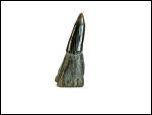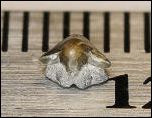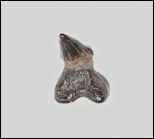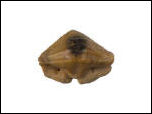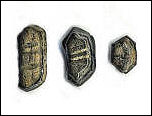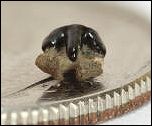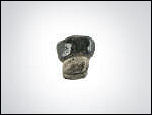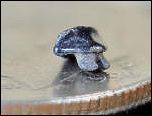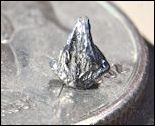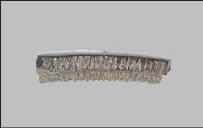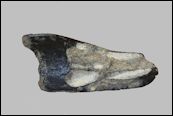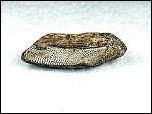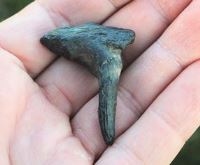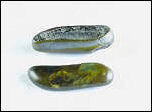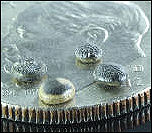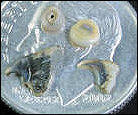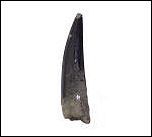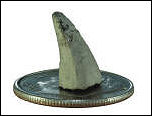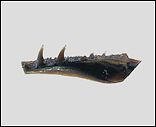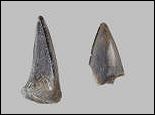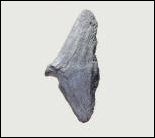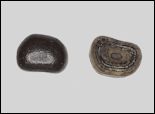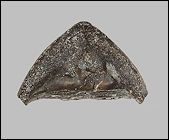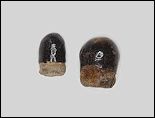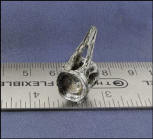|
SKATES AND RAYS
In addition to the sharks, the
Class Chondrichthyes also contains a number of skates and rays. In these
animals, the pectoral fins are greatly enlarged to form "wings" that
undulate gracefully during swimming. Skates and rays differ from sharks in having few scales and
being generally adapted for feeding on bottom-dwelling animals.
Although skates may have small teeth, those of rays are plate-like and
adapted for crushing prey.
RATFISH
subclass Holocephali
The class Chondrichthyes or cartilaginous fishes are divided into
two subclasses: Elasmobranchii (sharks, rays and skates) and Holocephali
(ratfish). Holocephali may be the oldest fishes alive
today. Their closest living relatives are sharks, though in evolutionary
terms they branched off some 400 million years ago and have remained
isolated ever since.
THE BONEY FISHES
The bony fishes belong to the Class Osteichthyes, unlike sharks, skates
and rays,
members of this Class posse a true boney skeleton. Osteichthyes account
for about 96% of all fish species.
Fossils of the bony fishes in Monmouth County, NJ tend to be scrappy,
normally limited to isolated teeth, bones and scales making
identification difficult.
Subclass Actinopterygii
Ray fined fish.
CRETACEOUS
TERTIARY
Subclass Crossopterygii
Lobe-finned fish
|
. It was widely believed that
this entire subclass of fishes was extinct. Then in
1938, a living coelacanth was discovered off the coast
of Southeast Africa. |
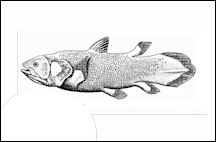 |
Diplurus newarki
Coelacanth
Late Triassic
Lockatong Formation
North Bergen, New Jersey |
Coelacanth
Diplurus newarki |
| Location Specific |
Misc. Teleost Material
|
